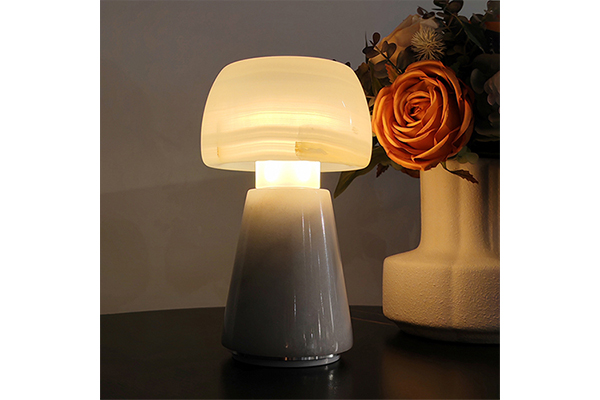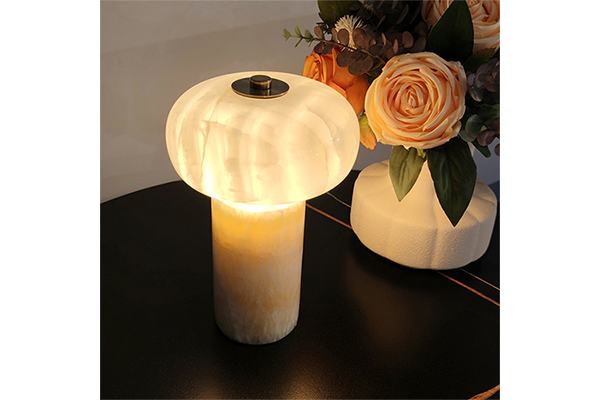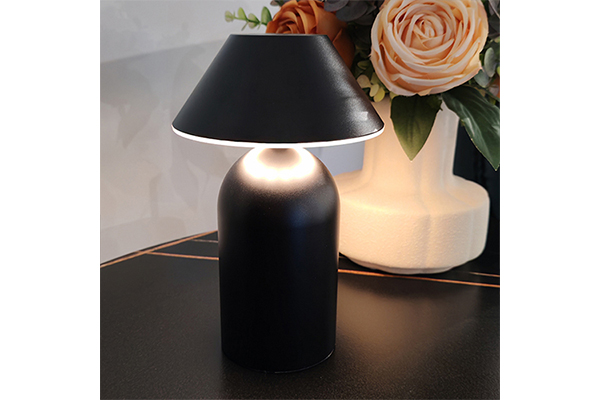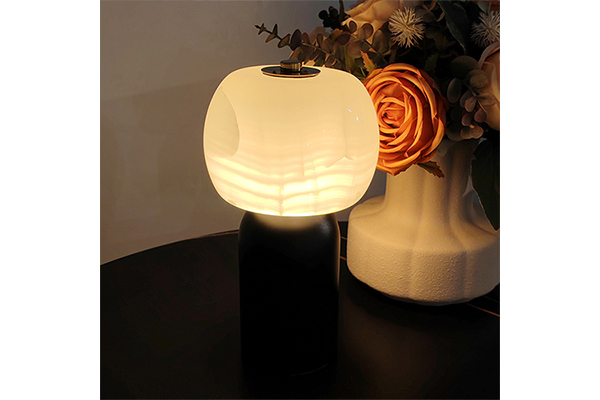How do wooden lamps enhance a hotel's spatial style?
Release Time : 2025-09-17
In high-end hotel design, lighting is not just a tool for functional illumination; it is a core design language that shapes atmosphere, conveys brand identity, and enhances the guest experience. With the rise of design concepts embracing "natural aesthetics" and "local culture," wooden lamps, with their unique warmth and humanistic touch, are becoming the finishing touch in hotel lighting design. From lobby chandeliers to guest room wall sconces, from restaurant main lights to corridor wall decorations, wooden lamps quietly enhance the overall hotel's spatial style with the warmth of natural materials and the exquisite craftsmanship.
1. The Beauty of Materials: Natural Textures Awaken the Warmth of Space
As one of the oldest and most resilient building materials, wood possesses inherent warmth, softness, and intimacy. Unlike the coldness of metal or the transparency of glass, wooden lamps, with their natural texture, warm color, and delicate feel, imbue spaces with a sense of "warm luxury." In a hotel lobby or reception area, a large chandelier carved from a single piece of walnut or oak not only becomes a visual focal point but also creates a welcoming atmosphere with its soft, diffused light. Wood's light-absorbing properties prevent harsh reflections or glare when illuminated, and the light, filtered by the wooden shade, softens it, lending the space a tranquil and elegant ambiance.
2. Cultural Expression: Local Elements Build Brand Narratives
High-end hotels are increasingly prioritizing the expression of the "spirit of place," and wooden lamps serve as a bridge between regional culture and modern design. Designers can tailor the hotel's location to the cultural context, selecting locally relevant woods and incorporating traditional craftsmanship to create unique, custom lamps. For example, a boutique hotel in an ancient Jiangnan town features a chandelier with a woven bamboo shade and a light-colored fir frame. This evokes traditional local craftsmanship while embodying a modern aesthetic with minimalist lines, imbuing the space with both cultural depth and design sophistication. This "readable lighting" allows guests to experience the brand's story and sincerity throughout their stay, enhancing emotional resonance and creating lasting memories.
3. Light and Shadow Art: Soft Layers Create an Immersive Experience
Wooden lamps typically employ indirect lighting or semi-transparent designs. Light slowly filters through the pores, perforations, or thin layers of the wood, creating a variegated and rhythmic light and shadow effect. This "restrained light" avoids the oppressive feeling of excessive lighting and is particularly suitable for private spaces such as hotel rooms, tea rooms, and book bars that require a quiet atmosphere. For example, a pair of solid wood perforated wall lamps installed above a guest room bed can cast shadows on the wall at night, resembling swaying tree shadows and creating a poetic atmosphere reminiscent of a forest cabin. In the dining area, a staggered array of wooden pendant lamps not only creates a clear distinction between dining areas, but their warm glow stimulates appetite and enhances the dining experience.
In summary, the reason wooden lamps significantly enhance a hotel's spatial style lies not only in their aesthetic value, but also in their multifaceted integration of nature, culture, light and shadow, and sustainability. They transform lighting into something more than just "illumination"; they tell a story—a story about the land, craftsmanship, and the aesthetics of life. When guests step into a space gently enveloped by wooden light, they experience not only visual delight but also spiritual comfort. This is the ultimate experience sought by high-end hotels.
1. The Beauty of Materials: Natural Textures Awaken the Warmth of Space
As one of the oldest and most resilient building materials, wood possesses inherent warmth, softness, and intimacy. Unlike the coldness of metal or the transparency of glass, wooden lamps, with their natural texture, warm color, and delicate feel, imbue spaces with a sense of "warm luxury." In a hotel lobby or reception area, a large chandelier carved from a single piece of walnut or oak not only becomes a visual focal point but also creates a welcoming atmosphere with its soft, diffused light. Wood's light-absorbing properties prevent harsh reflections or glare when illuminated, and the light, filtered by the wooden shade, softens it, lending the space a tranquil and elegant ambiance.
2. Cultural Expression: Local Elements Build Brand Narratives
High-end hotels are increasingly prioritizing the expression of the "spirit of place," and wooden lamps serve as a bridge between regional culture and modern design. Designers can tailor the hotel's location to the cultural context, selecting locally relevant woods and incorporating traditional craftsmanship to create unique, custom lamps. For example, a boutique hotel in an ancient Jiangnan town features a chandelier with a woven bamboo shade and a light-colored fir frame. This evokes traditional local craftsmanship while embodying a modern aesthetic with minimalist lines, imbuing the space with both cultural depth and design sophistication. This "readable lighting" allows guests to experience the brand's story and sincerity throughout their stay, enhancing emotional resonance and creating lasting memories.
3. Light and Shadow Art: Soft Layers Create an Immersive Experience
Wooden lamps typically employ indirect lighting or semi-transparent designs. Light slowly filters through the pores, perforations, or thin layers of the wood, creating a variegated and rhythmic light and shadow effect. This "restrained light" avoids the oppressive feeling of excessive lighting and is particularly suitable for private spaces such as hotel rooms, tea rooms, and book bars that require a quiet atmosphere. For example, a pair of solid wood perforated wall lamps installed above a guest room bed can cast shadows on the wall at night, resembling swaying tree shadows and creating a poetic atmosphere reminiscent of a forest cabin. In the dining area, a staggered array of wooden pendant lamps not only creates a clear distinction between dining areas, but their warm glow stimulates appetite and enhances the dining experience.
In summary, the reason wooden lamps significantly enhance a hotel's spatial style lies not only in their aesthetic value, but also in their multifaceted integration of nature, culture, light and shadow, and sustainability. They transform lighting into something more than just "illumination"; they tell a story—a story about the land, craftsmanship, and the aesthetics of life. When guests step into a space gently enveloped by wooden light, they experience not only visual delight but also spiritual comfort. This is the ultimate experience sought by high-end hotels.










